Moonstone: The Stone of Lunar Energy
Today’s featured gemstone is unique and mesmerizing. It’s the birthstone for June, and some say it comes from the moon! Moonstone has powerful metaphysical properties and is highly recommended for anyone who practices new moon rituals. Keep reading to find out why it’s such a special gem!
Moonstone’s Unique Physical Properties
Moonstone is a gem belonging to the feldspar group – a wide group of minerals that contains both Labradorite and Amazonite. Feldspar gems are all aluminous silicates, but their structures can vary.Moonstone has play of light similar to that of an Opal, but it has a unique characteristic: adularescence. Adularescence refers to the visual effect that gives Moonstone a “floating” blue or white appearance. Visually this is different from any other gemstone. The effect is created by scattered light passing through the gem, and it truly looks like moonbeams.

How Moonstone is Formed
There are many different minerals in the Feldspar group, and Moonstone is created when two of them, orthoclase and albite, grow together. They mix together when heated by volcanic activity, then form new stacked layers when cooled. This layered structure is what causes the adularescence when light hits the stone. It can even give the Moonstone the optical illusion of motion within the gem.
Identifying Moonstone
Since adularescence is unique to Moonstone, it’s a pretty common way to identify Moonstone. So look for the appearance of floating blue or white in your gemstone. Moonstone actually comes in a range of colors, including peach and “rainbow”, but you’ll usually see blue or white Moonstone. You might see blue floating within the white or white hovering in the blue.White Moonstone is easy to confuse with Opal at first glance. But Opals display light in an entirely different way. In an Opal, light appears as flecks of color. In Moonstone, the light appears as pools or clouds of color. If you don’t see that adularescence, it’s probably not Moonstone!

You can also look for inclusions to identify Moonstone. Opal doesn’t typically have inclusions, but Moonstone almost always does. You may need a magnifying glass to see the inclusions, especially on a small gem. When in doubt, take the gemstone in question to a reputable jeweler.
The Folklore of Moonstone
Moonstone is a gemstone rich with rumors and legends. In ancient Hindu culture, Moonstone was said to have come straight from moonbeams! It’s still considered sacred in India, which is one of the main places to mine Moonstone.
The Hindu people weren’t the only ones enamored by Moonstone either. The Romans also believed it came straight from the moon, and it’s mentioned in Greek mythology as well. Some Asian groups even used it as a talisman to help grow their crops.
Moonstone is sometimes referred to as the “traveler’s stone” and thought to protect the weary wanderer. It’s also a rumored aphrodisiac and is said to bring two lovers together when the moon is high. To this day, you’ll find gem lovers using Moonstone to enhance clairvoyance and open the third eye.
Manifesting with Moonstone
Moonstone has many metaphysical properties, but it’s especially known for its part in full moon and new moon rituals. The full moon may be an ideal time to release anything that isn’t serving you. The new moon can be a time to set goals and intentions, carefully constructing your vision for your new self. Moonstone’s energy is thought to help with both of these rituals, enhancing self-focus and emotional clarity.
There are several different types of Moonstone, and any of them can be used for meditative purposes. But they each have their own special properties. For example, blue Moonstone has healing qualities, making it best for full moon rituals. Peach Moonstone has a more positive energy and is known for guidance. So it’s better suited for new moon rituals. Of course, you could use either one, or even both!
Styling Moonstone
Many people love loose Moonstone gems for manifesting and meditating. But we obviously love wearable Moonstone!During the Art Nouveau era Moonstone was a popular choice in custom made jewelry, specifically for eccentric pieces. Jewelers who were exceptional at their craft would often carve Moonstone into unique eye-catching designs. Today it is often cut into a cabochon (Easter egg) shape to show off its adularescence. But you can still find it carved into unique shapes, like this Amáli carved statement ring. We think it looks the man on the moon!

Moonstone is a perfect gift for June babies, as it's their birthstone. But anyone can wear Moonstone and style it with confidence!
We’re obsessed with these Moonstone pebble earrings! With different cuts and a variety of blue hues, you won’t get tired of looking at them. These will draw a lot of attention to your face and hair. So if you’re having an amazing hair day, add these gemstones!

Although Moonstone is breathtaking by itself, you can certainly pair it with other gems! Try pairing it with Rose Quartz or Sunstone for a beautiful color combo. Sunstone and Rose Quartz are energizing gems, so they are said to balance the calming energy of Moonstone.
We love that blue Moonstone pops against 18k yellow gold. Gold’s luster enhances the adularescence of Moonstone, creating an even more mesmerizing gemstone. You can wear statement pieces that look like amulets or rings that look absolutely royal. Remember there are no rules to personal style, so feel free to dress your Moonstone up or down!
Caring for Moonstone
Moonstone isn’t the most fragile gem, but it should still be handled with care. At 6-6.5 on the Mohs hardness scale, it is susceptible to scratching from other gems and hard objects. So store it separately from your other jewelry and take it off during intense activities.Moonstone can also be broken with a hard enough blow, but this isn’t likely to happen during day-to-day wear. Just take it off if you’re playing sports, working on a car, or doing anything where it might experience high impact.
The main foes of Moonstone are light, heat, and chemicals. Feel free to wear it on a sunny day, but don’t leave it exposed to prolonged heat and sunlight. For example, leaving Moonstone in a hot car could lead to damage. You’ll also want to avoid chemical cleaners, ultrasonic cleaners, and any other harsh chemicals like perfumes. These can take away your Moonstone’s natural luster over time.
Water isn’t a huge enemy of moonstone; in fact, Moonstone is associated with the Water signs. But that doesn’t mean you can submerge it for long periods of time. It’s okay to use warm water and gentle soap to clean your Moonstone. But don’t leave it in water overnight, since it is somewhat porous.
For more tips on how to care for your jewelry, check out our jewelry care guide. If you love your Moonstone as much as we do, you’ll want you to love your pieces for a lifetime!
Recommended Articles
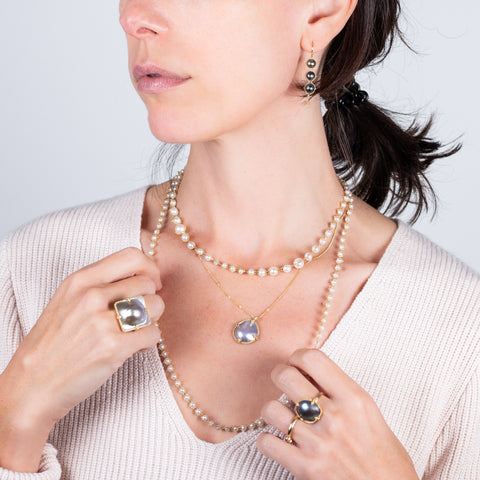

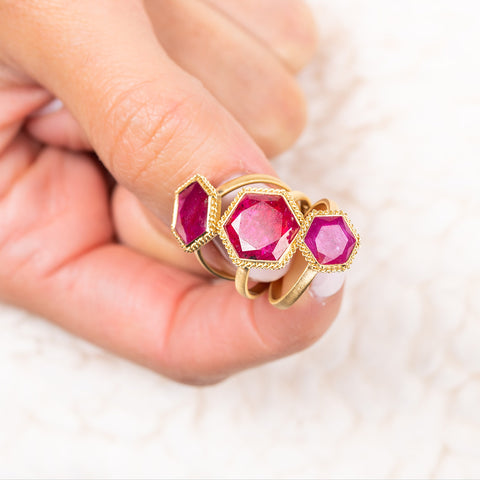
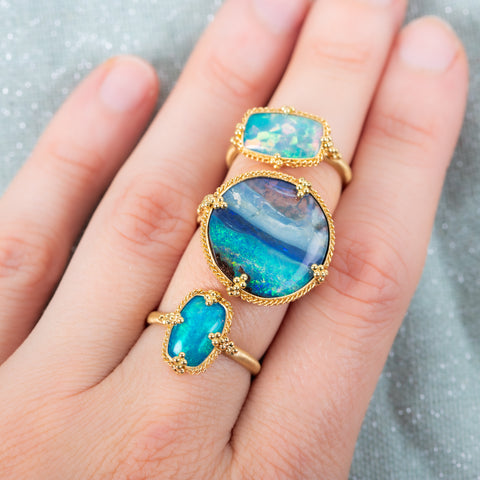
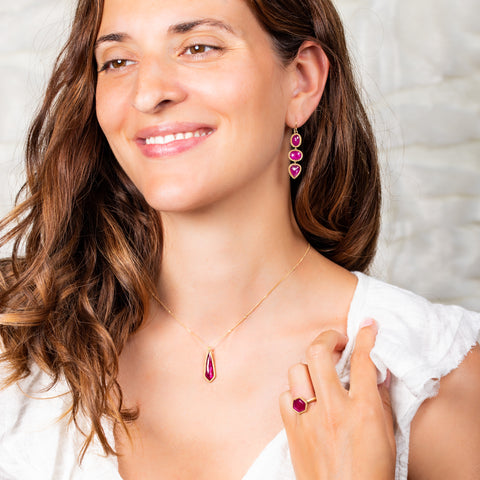

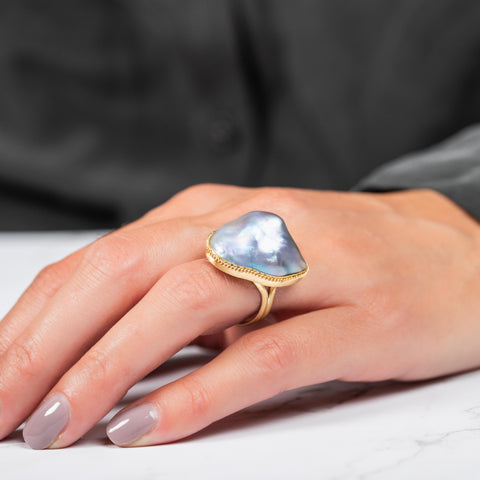
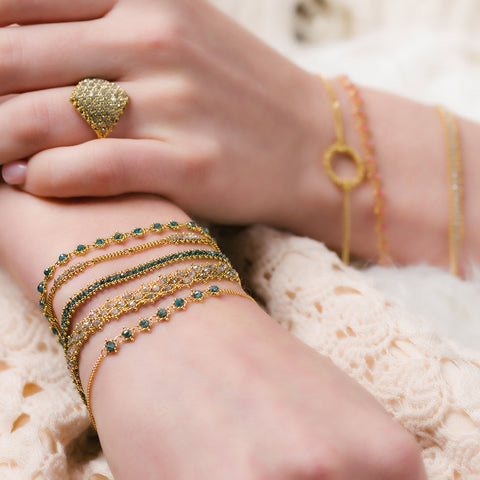
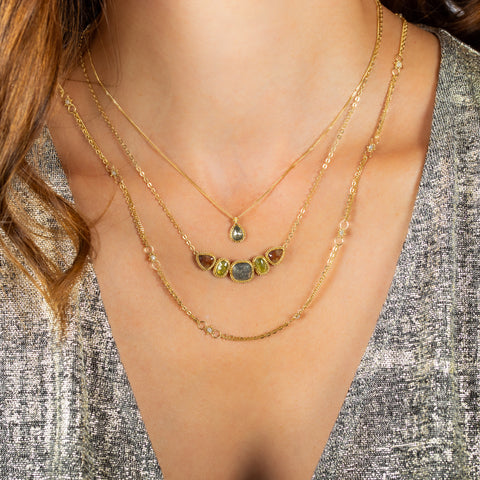


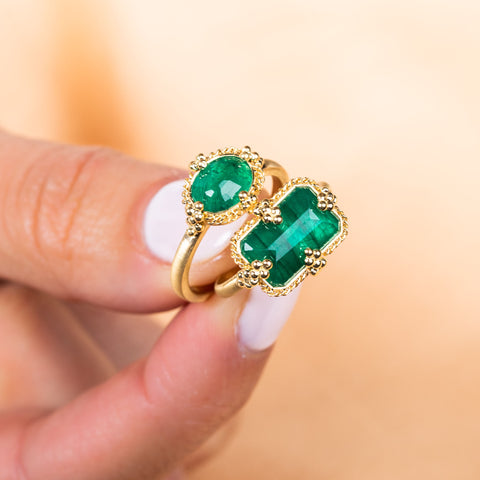
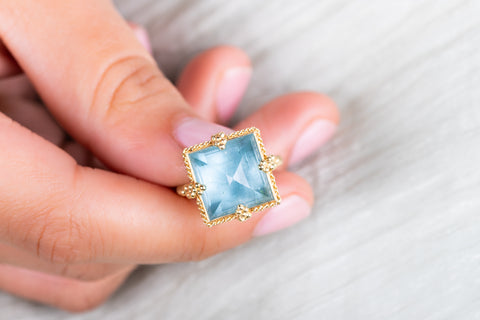
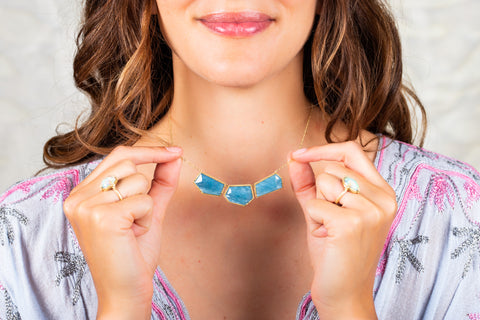
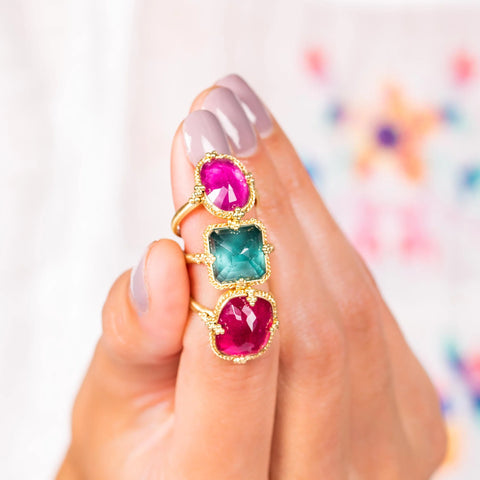
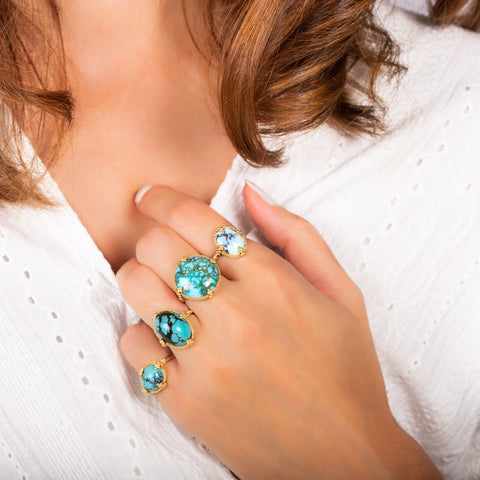
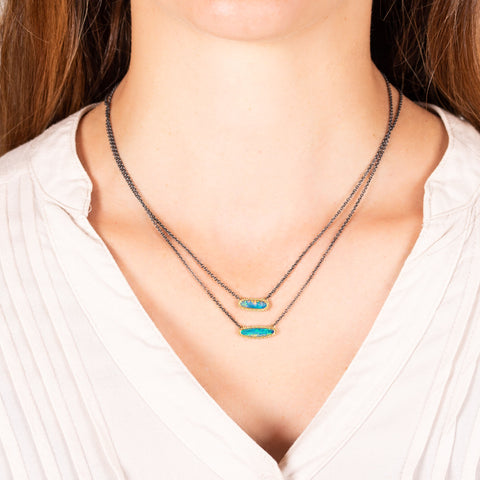
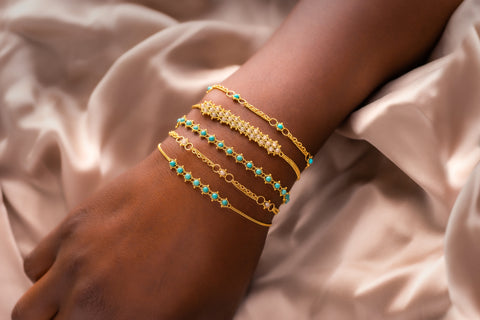

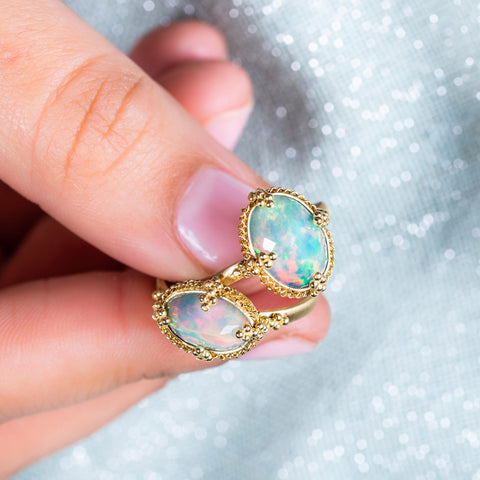

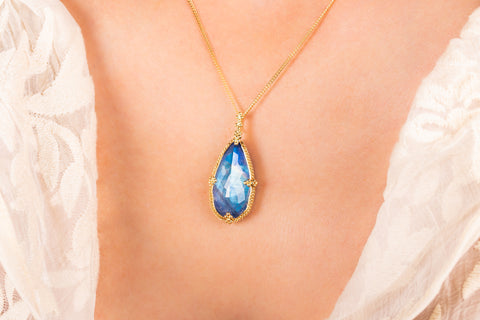
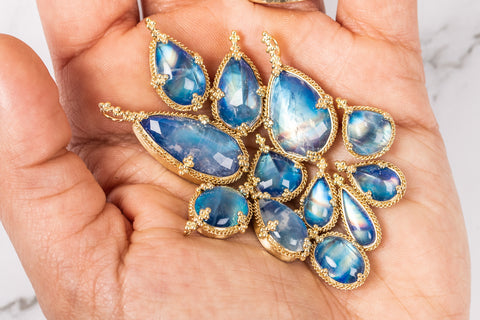
Comments (0)
There are no comments for this article. Be the first one to leave a message!